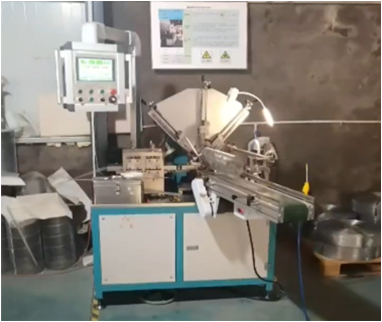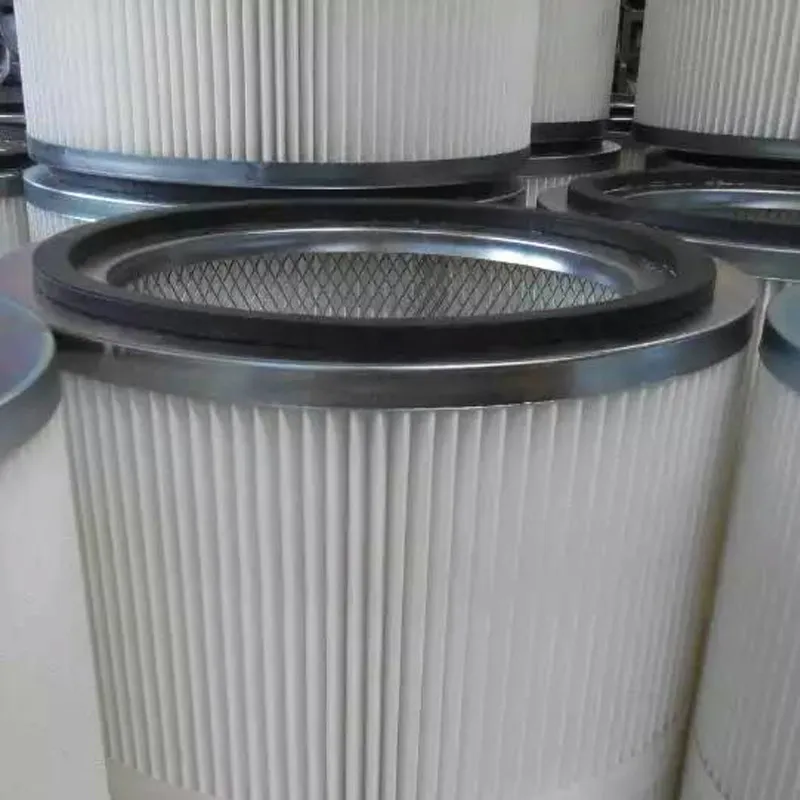 Tel:
+8618931101301
Tel:
+8618931101301
8 月 . 30, 2024 05:33 Back to list
High-Performance Dust Filter Cartridges for Optimal Air Quality
Understanding Dust Filter Cartridges Importance and Functionality
Dust filter cartridges play a crucial role in maintaining air quality in various industrial and commercial settings. As industries evolve and expand, so does the need for effective filtration systems that can handle the complexities of different airborne pollutants. These cartridges are designed to capture dust particles, allergens, and other pollutants, ensuring a cleaner and safer environment.
At its core, a dust filter cartridge consists of a cylindrical filter element housed in a protective casing. The design allows for a high surface area, which enhances the filtration process. Typically made from synthetic or natural fibers, the material used in these cartridges is engineered to trap particles effectively while allowing for optimal airflow. This balance is necessary to ensure that the machinery operates efficiently while also maintaining a standard of air cleanliness.
The functionality of dust filter cartridges is particularly vital in industries such as manufacturing, pharmaceuticals, and food processing. In these sectors, the presence of dust and particulate matter can lead to product contamination and health hazards. Effective dust control not only safeguards product integrity but also protects workers' health by minimizing exposure to harmful substances. For example, in the construction industry, a dust filter cartridge can significantly reduce respiratory issues caused by silica dust, thereby promoting a healthier worksite.
dust filter cartridge

Regular maintenance and timely replacement of these cartridges are critical aspects of ensuring their effectiveness. Over time, dust and particles accumulate within the cartridge, which can lead to reduced airflow and increased pressure on the system. This condition, known as clogging, can compromise the filter’s ability to capture new particles, leading to diminished air quality. Therefore, industries must implement a routine filter inspection and replacement schedule to maximize the cartridge's lifespan and efficiency.
The choice of dust filter cartridge is also influenced by several factors, including the type of dust present, the filtration efficiency required, and the specific application. There are various types of filters available, such as pleated, baghouse, and HEPA (High-Efficiency Particulate Air) filters, each designed for specific applications. For instance, HEPA filters are essential in environments where the capture of small particles down to 0.3 micrometers is crucial, making them invaluable in hospital settings or clean rooms.
Moreover, advancements in technology have led to the development of more sophisticated dust filter cartridges. Modern cartridges often feature anti-static properties, enhanced durability, and higher filtration efficiencies. Some are even equipped with features that allow for easy handling and replacement, ultimately decreasing downtime and maintenance costs. Furthermore, the integration of sensors to monitor filter performance is becoming increasingly common, allowing for real-time assessments of filter conditions.
In conclusion, dust filter cartridges are not merely components of air filtration systems; they are essential tools for safeguarding health, ensuring product quality, and promoting operational efficiency across various industries. As industries continue to adopt stricter environmental regulations and prioritize worker health, the need for efficient dust filtration systems will only grow. Understanding the importance and functionality of these cartridges is vital for anyone involved in industrial operations, ensuring a cleaner and safer working environment for all.
-
How to choose a high-efficiency air filter? Here comes a professional guideNewsOct.21,2024
-
Air filter: multi-field application, protecting fresh airNewsOct.17,2024
-
Carbon air filter: a green guard to protect air qualityNewsOct.16,2024
-
Can activated carbon completely remove indoor odors and pollutants in air purification?NewsOct.14,2024
-
How to filter air efficiently and ensure indoor air quality?NewsOct.12,2024
-
Activated carbon filter: the invisible guard of clean water lifeNewsOct.11,2024

 Email:
Email:





